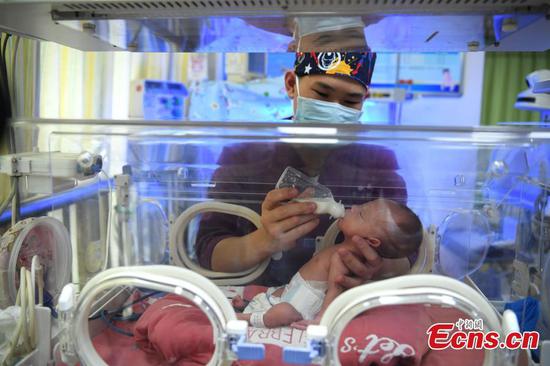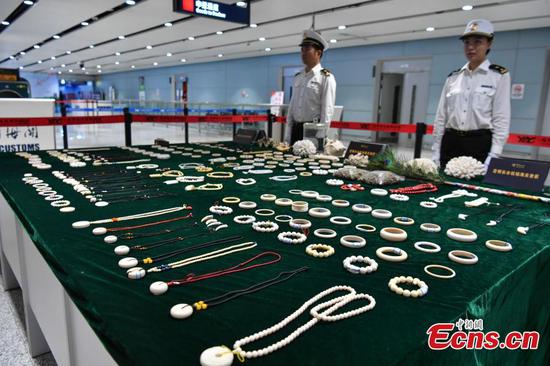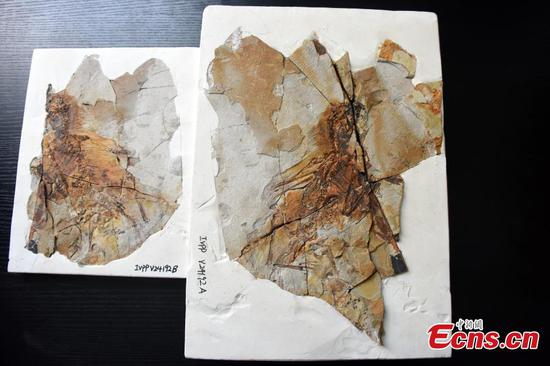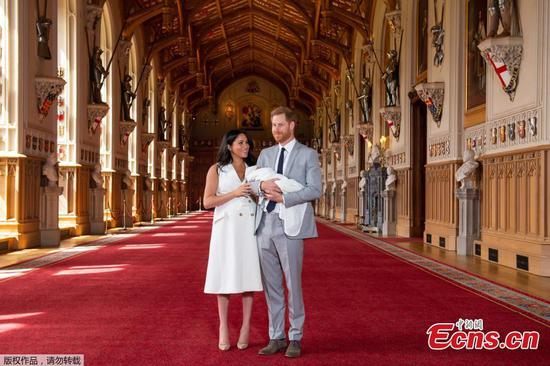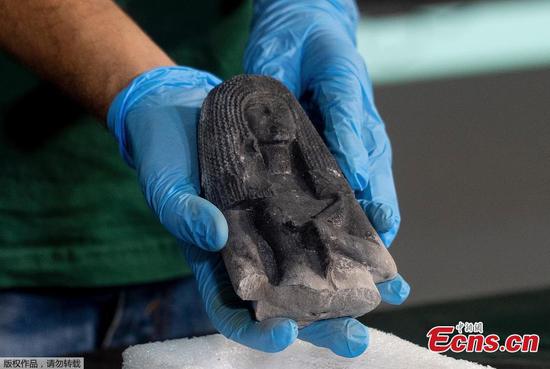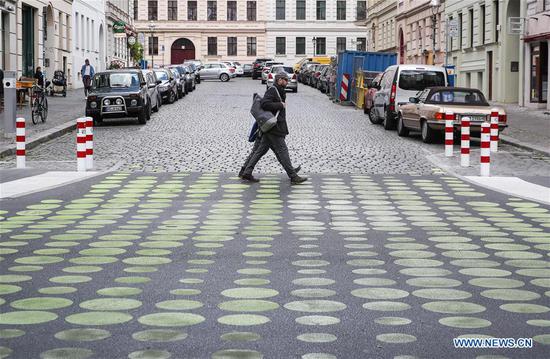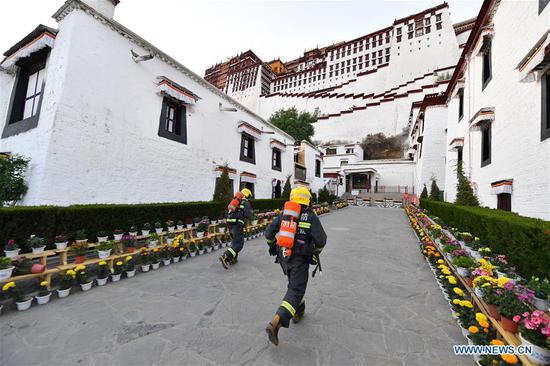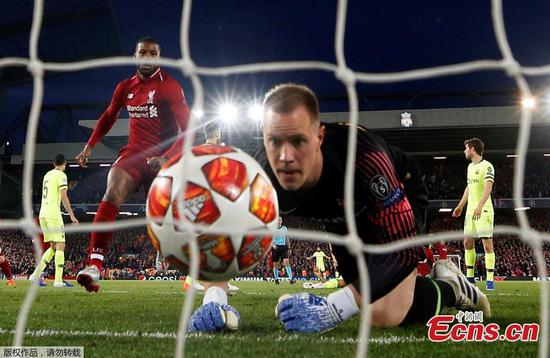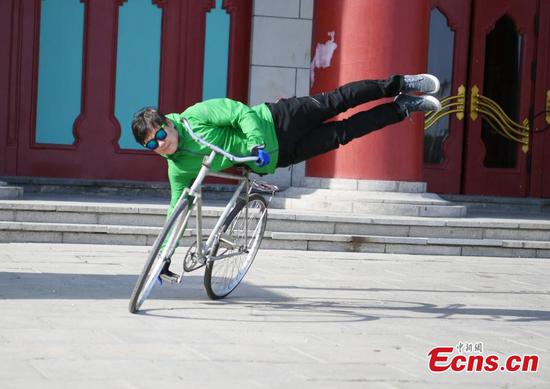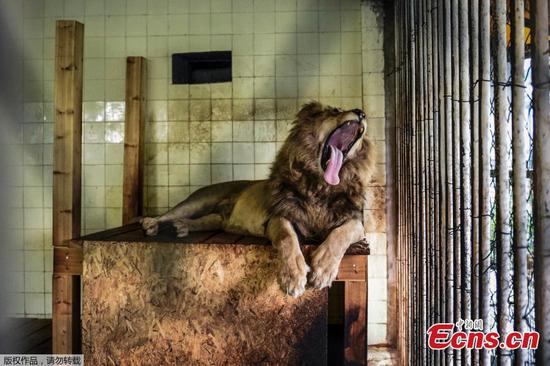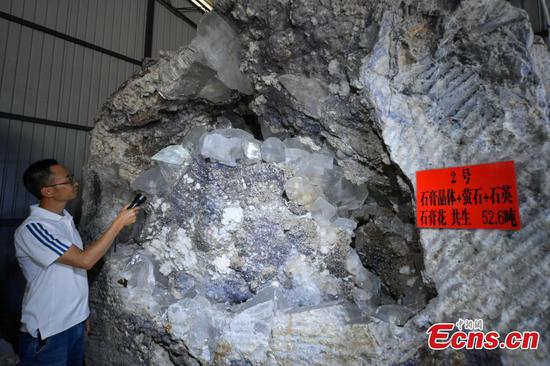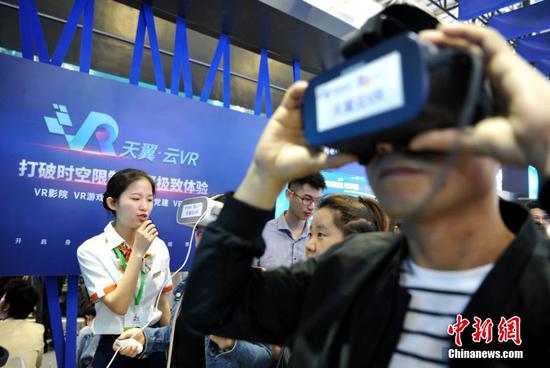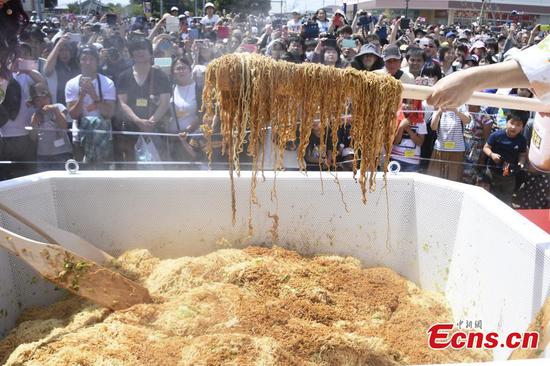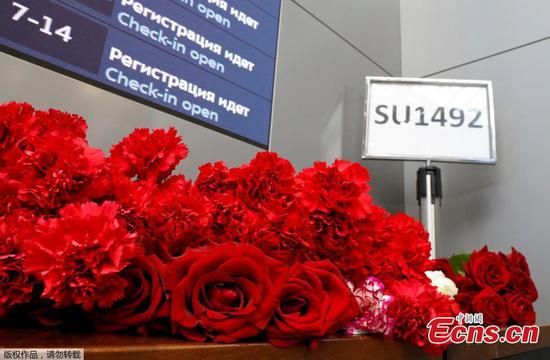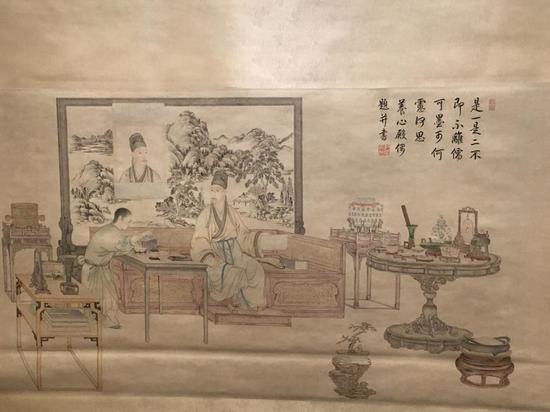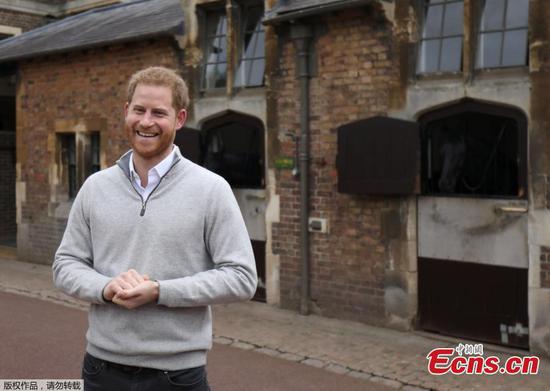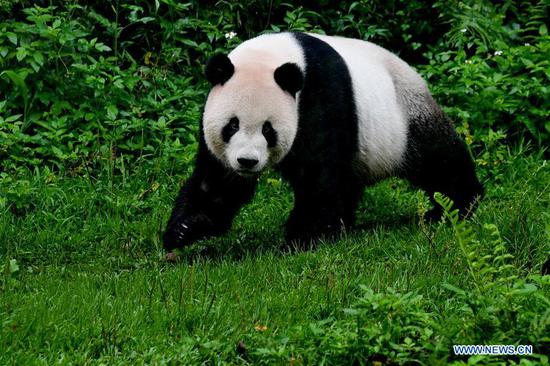
An employee counts cash at a bank in Hai'an, Jiangsu Province. (Photo by Xu Jinbo/For China Daily)
Outstanding yuan-denominated loan increase slowed to 13.5% last month
China's new bank lending moderated in April after surging in March, amid indications that more monetary policy measures would be rolled out to counter headwinds from global trade uncertainties.
The People's Bank of China, the central bank, released the April monetary supply and credit figures on Thursday, reflecting a slower growth compared with the stronger-than-expected financial boom in March.
Financial institutions issued domestic currency loans of 1.02 trillion yuan ($149 billion) last month, compared with 1.69 trillion yuan in March. The outstanding yuan-denominated loan growth slowed to 13.5 percent last month, down from 13.7 percent in March, according to the PBOC.
In terms of the monetary supply, indicated by M2, the growth rate slipped to 8.5 percent by April from 8.6 percent a month earlier. The growth of total social financing, a broader measure of financial activities including the local government special bond issuance, slowed to 10.4 percent from 10.7 percent in March, the central bank said.
Chinese monetary authorities, to some extent, have become more cautious in easing monetary stance to support economic growth recently, as the fast expansion of credit could raise the debt-to-GDP ratio, or the financial leverage, some researchers said.
But the situation could be changed if global trade tensions escalate even as the country's export growth missed the consensus forecast in April, said Song Yu, chief China economist of Goldman Sachs' Beijing Gao Hua Securities Co Ltd. "The bottom line for policymakers, in our view, is still doing whatever it takes to maintain economic stability but no more than that."
The recent stock market turbulence may also add some pressure on the government, said a research note from Nomura Securities. The brokerage expects downside risks to prompt policymakers to undertake further measures to bolster confidence and stabilize growth.
The rise of inflation in April, indicated by the consumer price index rising to 2.5 percent from 2.3 percent in March, could impose little pressure on the PBOC's supportive measures, as the inflation level is still below the year's target of 3 percent, it said.
The PBOC conducted a targeted reserve requirement ratio cut on Monday, effective May 15, to inject 280 billion yuan to small banks and to increase lending to small and medium-sized enterprises, as well as to support the private sector.
Recent evidence of economic recovery, as well as China's market openness to attract onshore investment by global institutional investors have provided a sound base for economic growth, which will also support balanced capital flows and a stable outlook of the renminbi, said Zhu Haibin, chief China economist and head of China equity strategy at JPMorgan.














